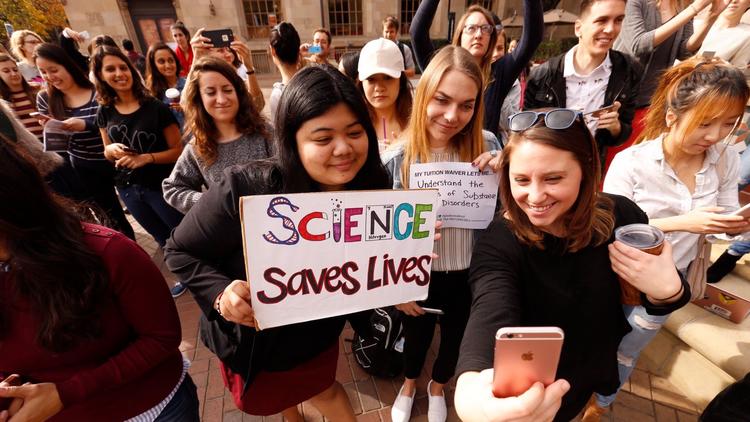
Photo is the author’s work.
The migrant crisis, the seemingly unstoppable rise of terrorism and urban violence, the more secretive rise of multinational companies’ power on a global scale, the growing job precariousness, with workers laboring long hours under hazardous conditions for low pay, all these phenomena picture a world of extreme disequilibrium and powerlessness.
So one should accept one’s fate, be it someone being expelled from the Calais jungle, an exploited worker, an evicted Spaniard, or one of the victims of deadly shots or of a crazy truck in the middle of a street…Is this an excessively somber picture, describing late modern people as alone, cut off from their roots, indifferent or ignorant?
The question is important because sometimes people win over big powers. When they decide not to renounce their rights, the dignity of the worker, insisting that the integrity of social life be defended against the vandalism of corporate rationality, when they radicalize their resistance, certain things are possible. This is what we learn from a three-year online ethnographic study conducted on a group of bloggers, former insurance sellers fired by their company for having refused to change crucial aspects of how they do their job, and how they are paid for a job well done.






